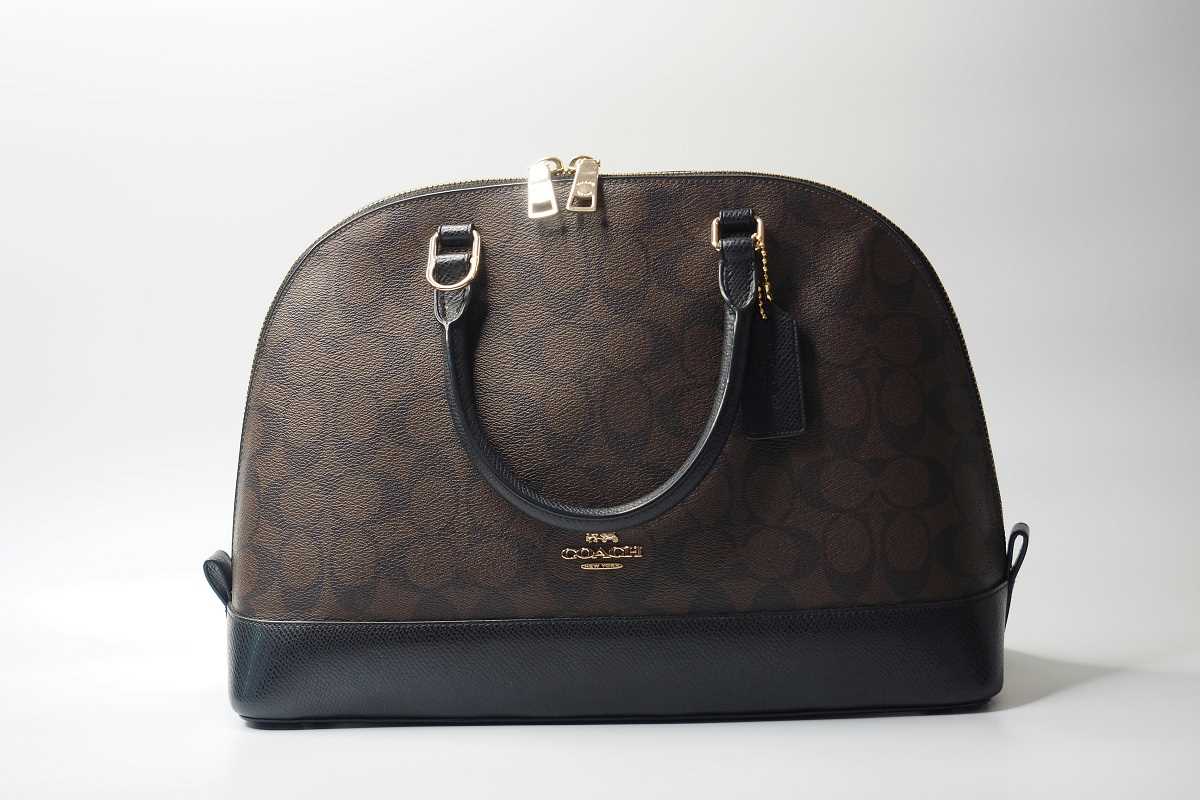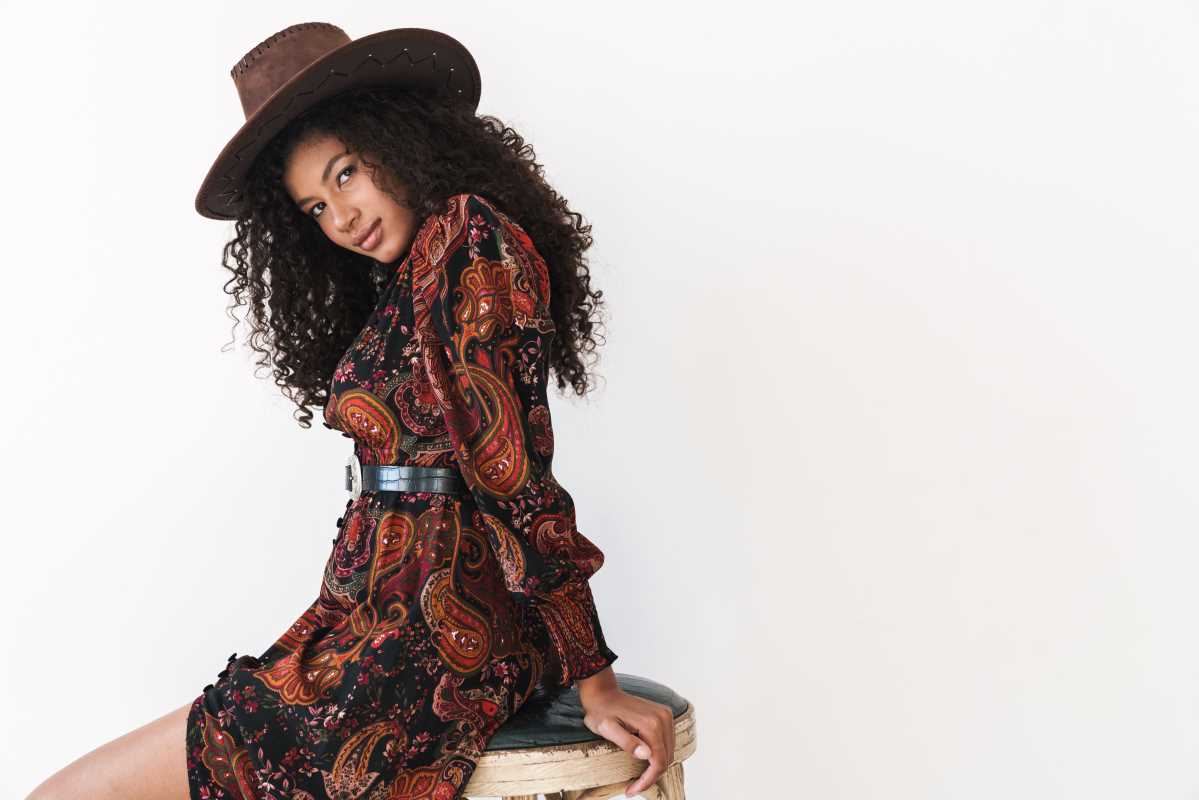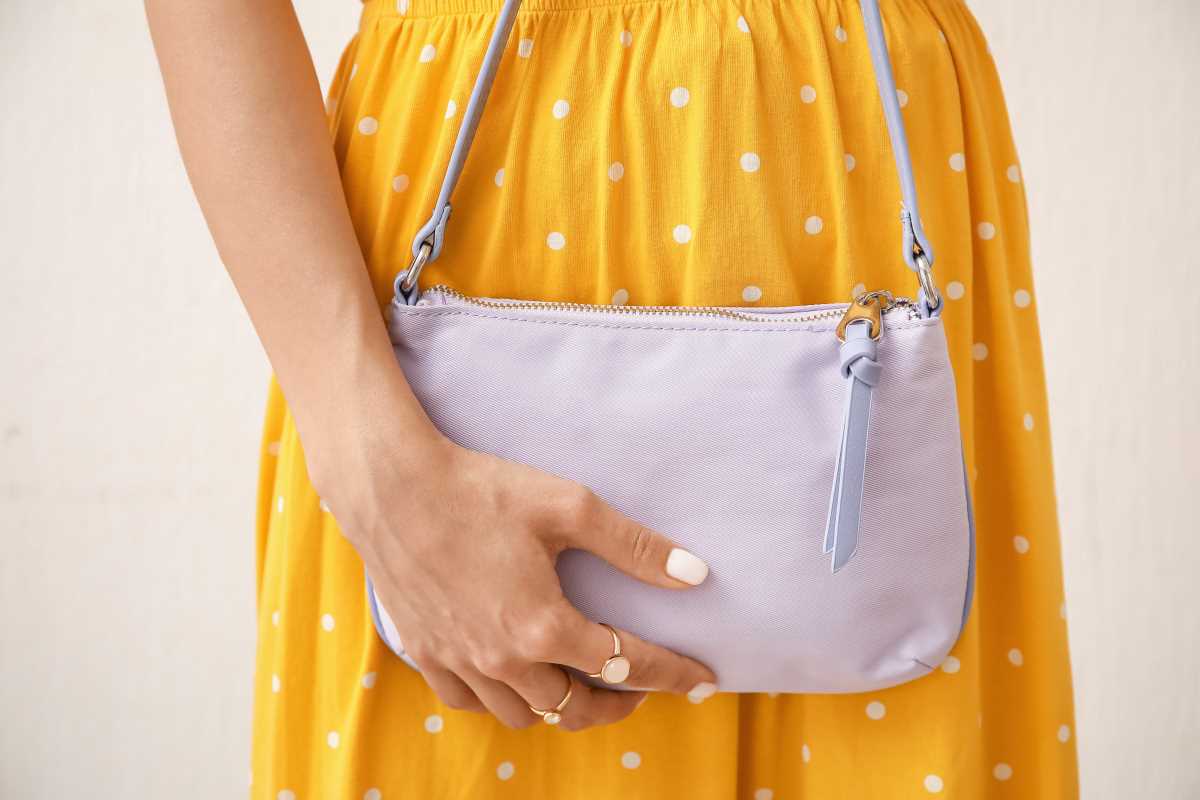Few fashion items command attention and envy like an iconic handbag. From red-carpet appearances to street style dominance, these luxury creations carry with them a history, a legacy, and the craftsmanship of some of the world’s finest artisans. For decades, brands like Chanel, Hermès, Louis Vuitton, Gucci, and Coach have been at the forefront of fashion, producing handbags that symbolize status, elegance, and individuality. But behind each famous bag lies a story—one often filled with inspiration, innovation, and even a touch of mystery.
Hermès Birkin Bag – A Mid-Air Inspiration
The Hermès Birkin bag is not just an accessory; it’s a symbol of exclusivity and refined taste. But what many may not know is that this iconic handbag was born from a chance encounter on an airplane in the early 1980s. British actress and singer Jane Birkin found herself seated next to Jean-Louis Dumas, then CEO of Hermès. Noticing her struggle with a chaotic straw bag, Dumas inquired about what she would want in a handbag. By the end of the flight, Dumas had sketched what would become the Birkin bag—a refined, spacious, and functional tote.
What sets the Birkin apart is its unparalleled craftsmanship. Each bag is handmade by a single artisan, using premium leather and taking up to 48 hours to complete. Its scarcity, paired with celebrity endorsements, has turned the Birkin into a cultural phenomenon and one of the most sought-after luxury items in the world.
Fun fact? Despite being a muse for the bag, Jane Birkin herself reportedly found the larger versions cumbersome and auctioned them off for charity.
Chanel 2.55 – A Revolutionary Feminine Design
When Coco Chanel launched the Chanel 2.55 bag in February 1955 (hence the name), it was nothing short of revolutionary. Before this iconic design, handbags were typically clutched in hand, leaving women’s arms occupied and less mobile. Chanel, inspired by military satchels she had seen soldiers wear, introduced a handbag with a shoulder strap—freeing women’s hands while retaining an effortlessly elegant aesthetic.
The design is rich with symbolism. The quilted exterior was allegedly inspired by the equestrianism Coco Chanel loved, mimicking horse saddles and jockey uniforms. The burgundy lining is said to recall the uniforms of nuns at the orphanage where Coco was raised. Even the chain strap—the house’s first-ever—is distinct, blending functionality with a bold, feminine touch.
The Chanel 2.55 remains one of the most popular handbags in history, and its later reinterpretation, the Chanel Classic Flap (crafted by Karl Lagerfeld), only solidifies its place as a timeless icon.
Louis Vuitton Speedy – Audrey Hepburn’s Signature
The Speedy bag by Louis Vuitton has become a globally recognized symbol of luxury, but its creation revolved around an unexpected muse—Hollywood star Audrey Hepburn. The year was 1930, and Louis Vuitton had just introduced the Speedy as a downsized version of its popular Keepall travel bag. It was intended to cater to the growing trend of city travel.
However, in 1965, when Hepburn requested a smaller, more portable version of the Speedy for everyday use, Louis Vuitton delivered what would later become the ultra-beloved Speedy 25. Hepburn was photographed carrying the handbag frequently, catapulting it into the realm of unattainable desirability.
The Speedy’s canvas exterior combined with its leather handles makes it lightweight yet durable—perfect for blending luxury with practicality. Its enduring design hasn’t changed much in decades, making it a staple for collectors and fashion enthusiasts alike.
Gucci Bamboo Bag – A Post-War Triumph
The Gucci Bamboo bag first graced the fashion world in 1947, at a time when post-World War II resource shortages forced designers to innovate. Gucci artisans came across bamboo as an alternative material and discovered a way to heat and bend it into a semi-circle for handles. Paired with high-quality leather, the Bamboo bag became an instant hit.
This innovative approach didn’t go unnoticed. Over the years, the bag garnered a loyal following of Hollywood royalty, such as Ingrid Bergman and Elizabeth Taylor. It also achieved cult status as an accessory that represents resilience and artistry.
The Bamboo was revived in recent years by modern iterations, such as the New Bamboo and the Diana Tote, ensuring its place in contemporary fashion while honoring its storied past.
Lady Dior – Fit for a Princess
The Lady Dior bag wasn’t always known by this name. When it was first created by Dior in 1994, it was simply referred to as "Chouchou." However, its meteoric rise to fame came thanks to Diana, Princess of Wales, who was gifted the handbag during a trip to Paris in 1995. Diana immediately fell in love with its elegant cannage stitching and petite silhouette, often sporting it for public appearances.
To honor Diana's affection for the design, Dior renamed the bag "Lady Dior," cementing its association with grace and sophistication. What makes the Lady Dior so extraordinary is the level of craftsmanship required—each bag takes up to eight hours to assemble, reflecting Dior’s dedication to perfection.
Even as trends come and go, the Lady Dior remains a coveted accessory symbolizing pure, timeless elegance.
Fendi Baguette – The “It Bag” Phenomenon
When you think of Fendi, it’s impossible not to picture the Baguette bag—a game-changer that birthed the concept of the “It Bag.” Launched in 1997 and designed by Silvia Venturini Fendi, the Baguette handbag was intentionally designed to be impractical, petite, and playful. It was a stark departure from the structured handbags popular at the time.
The Baguette skyrocketed to fame after its appearance on Sex and the City. Who can forget the iconic scene when Carrie Bradshaw, clutching her purple sequined Baguette, declares, “It’s not a bag, it’s a Baguette”? That single moment cemented the handbag’s place in fashion history.
With countless variations available—from sequins to leather—the Baguette has retained its relevance and playfulness, proving that fashion doesn’t always have to take itself seriously.
Coach Saddle Bag – American Craftsmanship at its Best
Coach, the quintessential American handbag brand, has made its mark in the luxury world with its commitment to quality and timeless appeal. One of their most celebrated creations, the Coach Saddle Bag, emerged as a symbol of practicality and effortless style. Inspired by equestrian gear, the Saddle Bag was first introduced in the 1970s and quickly became a signature piece for the brand.
What sets Coach apart is its masterful use of supple, high-quality leathers and artisanal techniques. The Saddle Bag, with its curved silhouette and crossbody strap, is a study in functionality and design simplicity. Every detail, from hand-stitched seams to the signature brass hardware, reflects the brand’s unwavering dedication to craftsmanship.
The Coach Saddle Bag experienced a revival with the launch of the 1941 collection, which reimagined this classic with a modern twist. Its enduring popularity speaks to its versatility, appealing to both vintage lovers and contemporary fashion fans alike. By staying true to its roots while evolving with the times, Coach has solidified its place as a global powerhouse in the handbag industry.
Celebrating Craftsmanship and Luxury
What truly defines these iconic handbags isn't just their name or exclusivity, but the artistry, history, and detail that make them timeless treasures. The Hermès Birkin’s seamless stitching and supple leather, the Chanel 2.55’s equestrian-inspired quilted design, or the experimental bamboo handles of Gucci’s Bamboo bag—these details elevate each piece into more than just an accessory. The clever practicality of Louis Vuitton’s Speedy or the thoughtful American craftsmanship of Coach’s Saddle Bag reminds us how these handbags evolve beyond trends to become lasting works of art.
Every handbag tells a unique story, from its inspiration to the perfection of its creation. Steeped in heritage or reinvented for the modern age, these iconic pieces have rightful places in the world of luxury fashion, reminding us that a handbag is never just a bag—it’s a work of art.
 (Image via
(Image via





